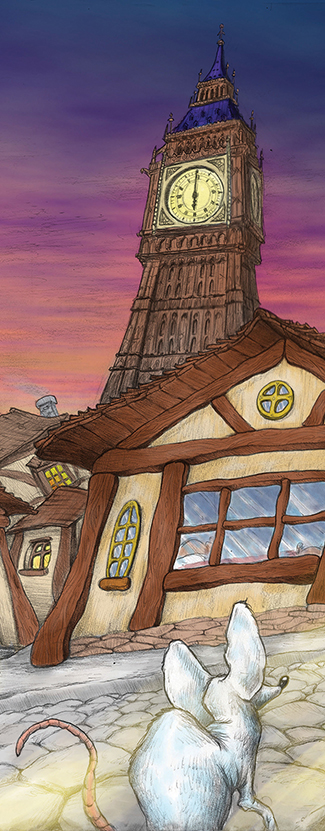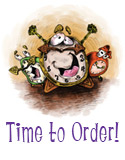Before reading the story aloud, one way to introduce Misbehaving Clocks to young readers is to lead an interactive discussion about the story setting. It can be a mini social studies lesson. Of course, the story can also be used as enrichment in a more comprehensive study of London, England.
1. Provide a geographical overview
Inform the readers/listeners that the story is make-believe (fiction), but it is set in a real place. Show on a globe or map where the readers/listeners are located, and then point to where the story takes place. Maybe indicate how many miles away that is. Ask if anyone has ever been to London, England. If so, what do they remember about it?
2. Familiarize readers with one of the main story characters, i.e., Big Ben.
If the readers/listeners were to visit London, they would no doubt see Big Ben because it is a famous landmark, much like the Eiffel Tower is for France. (If time allows, perhaps ask what would be a famous American landmark. Allow for multiple answers.)
Show photos of Big Ben (links below). Children love the photo of the men hanging from ropes cleaning Big Ben’s face (yes, even clocks have to get their faces washed!). The photo demonstrates the immense size of the clock’s face (one of four faces) relative to the seemingly small men dangling like mountain climbers from ropes.
Photo of Big Ben and Parliament
Photo of men cleaning Big Ben’s face
Wikipedia Article about Big Ben
A few interesting details about Big Ben can be selected from the Wikipedia article. Most importantly, mention that the clock is famous for playing “Westminster Chimes” (link to audio below. Perhaps sing the chime melody together, either with or without the audio. (This will prepare the listening audience to eventually be able to pick out “Westminster Chimes,” which is played in two different sections of the Misbehaving Clocks music. However, it is probably best to read the story aloud before playing the narrated version with music in order to clearly present the story line before adding the element of music.)
Audio of Big Ben playing “Westminster Chimes”
3. Familiarize readers with some differences in British and American English.
Perhaps ask… What language is spoken in England? How is British English different than American English? Maybe say a phrase or two with a British accent or inquire if one of the readers/listeners could say a few words with a British accent. Also, mention that British English sometimes uses different words. Example: Good-bye = Cheerio. A young child or baby is a sprog. And the word “circus” in British English has two meanings. It can be a form of entertainment with various performers, just as we use the word in American English, or it can be an open circular place where several streets come together, such as Piccadilly Circus. Piccadilly Circus is another place in London that students/readers would probably tour on a trip to London, and it is a place they will definitely visit in the story.
4. Familiarize readers with Piccadilly Circus.
Wikipedia article about Piccadilly Circus
Indicate that Piccadilly Circus is similar to Times Square in New York City because of the large illuminated billboards on display.
Now let’s see how the misbehaving clocks turn Piccadilly Circus into a crazy clock circus! [Read Misbehaving Clocks.]
After reading the story…
Here are some photos and a video of performers doing amazing circus acts in Piccadilly Circus in September 2012.
Before The Piccadilly Circus Circus, Misbehaving Clocks had been written, but not published. Surely, the double meaning of the word circus makes it a most irresistible pun to play off of.
Photos of circus performers in Piccadilly Circus in 2012
Video of circus performers in Piccadilly Circus in 2012



